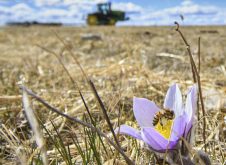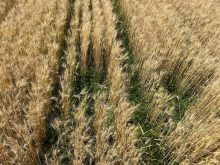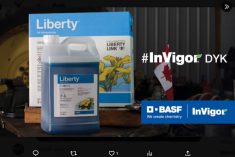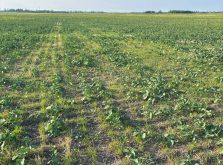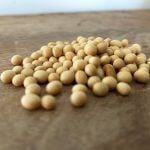When coming up with a flea beetle defence strategy, it’s important to remember that flea beetles overwinter in your field as adults. That means they’re right there, just waiting to feed as soon as your canola crop emerges in the spring.
Canola seedlings can compensate for flea beetle feeding and recover — just so long as the flea beetle pressure isn’t heavy or sustained for long periods of time.
Seed treatments are going to serve as your first line of defence, as several of the latest products on the market can help keep flea beetle thresholds down while helping your crop emerge evenly.
Read Also
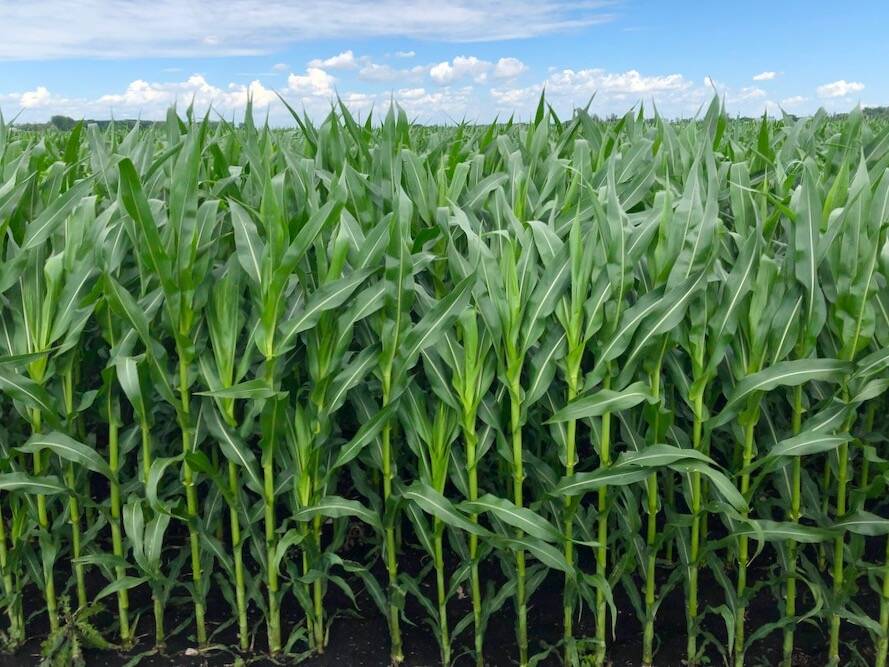
Cancer agency reclassifies another herbicide ‘probably carcinogenic’
The WHO’s cancer research agency has now put atrazine, a herbicide well known to corn growers, in the same potential-hazard category where the agency put glyphosate.
Another important management strategy is getting good, even emergence by optimizing plant populations. Achieving early plant stands of 10 to15 plants per square foot will go a long ways in minimizing early season flea beetle damage.
However, when plant populations dip below seven plants per square foot, there will be more flea beetles per plant, so scouting your fields is critical up to the four-leaf stage.
Seeding depth is important in order achieve quick emergence, and will depend on your soil moisture in the spring and, to some extent, soil type. In addition, good seed-to-soil contact is critical when planting into high crop residue from the previous year.
Ted Labun is a seedcare technical lead with Syngenta Canada.



